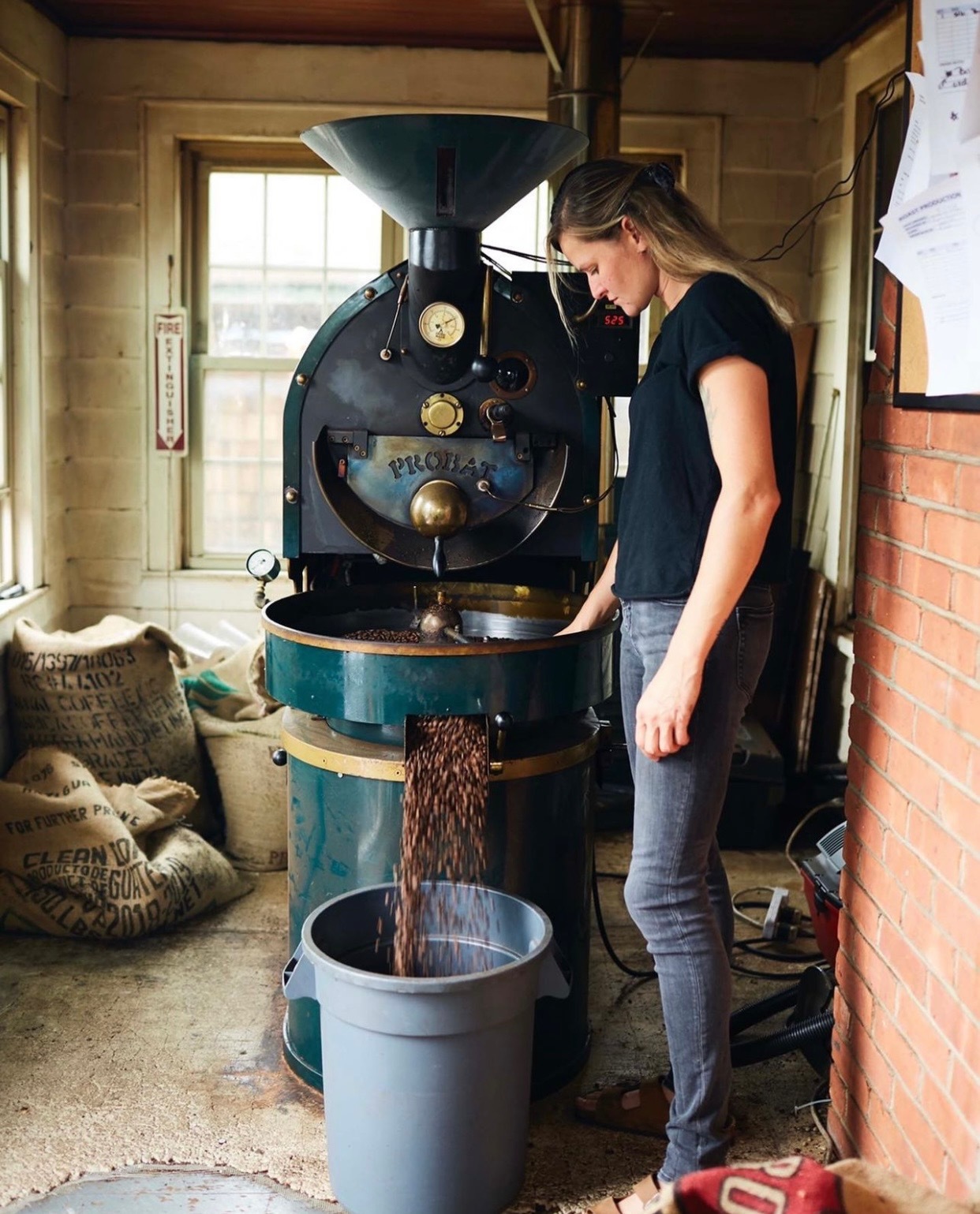
There is very little in this world that is more satisfying than the day’s first cup of coffee. Having personally roasted the beans you’re enjoying, however, can add a new dimension to your personal coffee experience. We’re talking about roasting beans here, not just brewing a great cup.
While records are sketchy, this simple pleasure likely began nearly 1,000 years after Christ in present-day Ethiopia when a shepherd named Kaldi noticed that after his goats ate berries from a certain bush they became energetic and would not sleep. He then showed the berries to a local priest who made a drink with them and found that it kept him alert through the evening prayer services. As the joy of coffee spread through the region, Arabs were the first to start roasting and grinding coffee beans to brew with hot water. Soon after, the first coffee plantations were formed in what is now Yemen.
As the Middle Eastern traders interacted with their European counterparts, the thirst for coffee began to spread westward, so much so that by 1824 the first large-scale coffee roaster was patented in the United Kingdom.
What can the home roaster do to take part in this ancient and enriching tradition? “Roasting coffee is a unique, fun and challenging experience,” said Oscar Amada, the roastmaster for Hampton Coffee Company in Water Mill. “I can definitely see why people might be interested in home roasting.”
Consider that with mass-market coffee, the retail buyer often has no clue as to how old the coffee actually is. It is widely recommended to use the beans within four to five weeks of the roasting date as flavor and aroma decrease over time. Local or boutique roasters often note the date of when their coffee was roasted.
The two things one needs to get started in roasting are a roaster (basically a controlled heat source like an oven) and green (fresh, unroasted) beans. There are many online sources for green coffee beans, which typically last up to a year when properly stored. Green beans are about half the price of roasted ones and bulk buying is available. And while there are numerous steps in the traditional farm-to-consumer coffee process and a lot of controversy over the environmental impact of the worldwide coffee industry, there are several sites that sell directly to consumers.
While roasting coffee is more complicated than turning green beans brown, a good way to start, said Jennilee Morris, proprietor of North Fork Roasting Co., “is to find what you like and try roasting.”
Morris said there are “many levels” when it comes to describing the flavors behind a good roast. “African-sourced beans tend to be fruitier while Central American beans often have nuances of chocolate or nuts.” She added that there is a great deal of “experimentation” taking place in coffee cultivation and a lot of interesting beans are now available. “Backed by science and demand, the specialty coffee business continues to grow.”
While there are a lot of home roasters on the market at a wide range of price points, one does not need to spend a lot of money to start.
Some who roast at home have been known to use popcorn air poppers, but the downside here is that there is no real temperature control, leaving the user to closely monitor the roast. “Roasting in your home oven allows you to control the temperature,” said Morris before adding that “convection or air flow is very important. It helps provide an even, consistent roast.”
With each of these methods, the user needs to remain by the roasting beans and monitor the process.
Professional roasters typically use a drum roaster. This is basically a cylinder that rotates over a regulated heat source, usually a gas burner, and roasts the beans to the desired level. Smaller, in-home versions based on this concept are available. For about $30, the Nuvo Eco Ceramic Handy Coffee Bean Roaster can be a good choice for the novice.
Similar to making popcorn, beans discharge oils when roasting. They can emit some smoke and will chafe, i.e., shed a dry layer, which is to be discarded. What’s important is to listen for the first “crack,” which sounds like popcorn being made. “This is when the bean will split a bit,” Morris said. This is an important moment in roasting as a once-cracked bean is frequently suitable for brewing a lighter roast coffee. If you want to attempt a darker roast you’ll need to keep roasting for a second crack. Generally, the longer one roasts, the darker the brew, but there is a limit as to how much a bean can be roasted. With any of these methods it can be challenging to make a consistently light or medium roast.
Once roasted, beans need to be rapidly cooled. Many home roasters at this point pour the roasted beans into a metal colander before placing them in a cool area, including outside, regularly swishing them around to circulate the cool air, which also helps to remove the chafe. Alternatively, they can be placed in front of a fan near a window. Once thoroughly cooled, they should be stored in a loosely covered jar for about 24 hours. This allows for the release of carbon dioxide and monoxide that is produced during roasting. They can then be stored in permanent vessels that are airtight and will block light, heat, and moisture. Freezing is not recommended as fluctuating temperatures create moisture in the storage container, which can deteriorate the coffee’s flavor and oils.
There is a vast amount of home coffee roasters on the market ranging from the simple to the complex. A quick search on sites like Amazon or eBay will show you the great levels of imagination employed to help us enjoy what for many has become a daily ritual — that first cup of coffee to kick start the day.
farmtoroast.com
burmancoffee.com
genuineorigin.com
sweetmarias.com — lots of helpful roasting, brewing and educational information